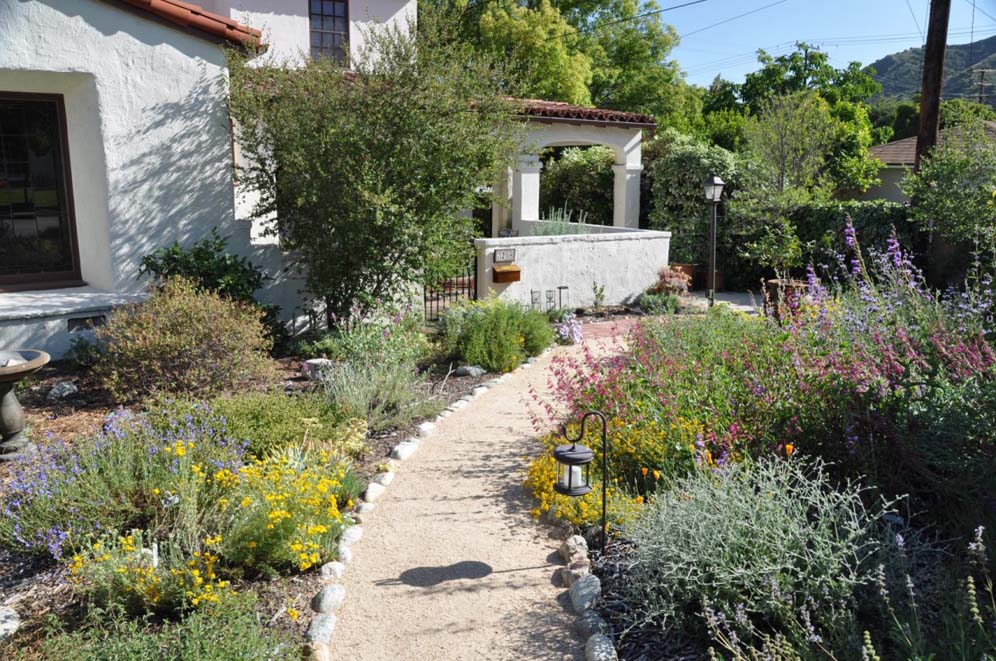
Common name:Blue Blossom Ceanothus
Botanical name:Ceanothus thyrsiflorus 'Skylark'
The blue blossom ceanothus is a shrub that has dark blue flower clusters that bloom profusely. This smaller growing selection grows to 6' high and 4'-6' wide. This shrub attracts butterflies, hummingbirds and beneficial insects. Its native counterpart can be found from sea level to 1500' elevations in mixed evergreen and redwood forests of the Coast Ranges. -Cornflower Farms
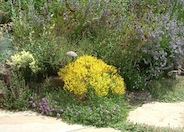
Common name:Ferned-Leaved Tickseed
Botanical name:Bidens ferulifolia
Tickseed grows 14'-18" tall. It is a heat tolerant variety that is perfect for cascading, bright color in baskets, containers, and window boxes. Finely divided foliage is covered with gold, single flowers. It blooms until first frost. Plant in full sun. It needs well-drained soi.
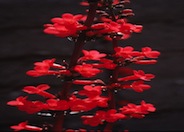
Common name:Red Rose Penstemon
Botanical name:Penstemon superbus
Red Rose Penstemon has vivid coral flowers along 4' tall stalks in spring. Leaves are gray green, glaucous, 4"long, and 1.5" wide. Hummingbirds love this plant. It does well in desert areas but needs regular water in summer.

Common name:Foothill Penstemon
Botanical name:Penstemon heterophyllus
This perennial will grow 1.5'-2' tall and 2'-3' wide. It has glossy, blue green foliage with flowers that vary in color and bloom from spring through early summer.
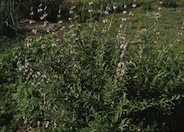
Common name:Blue Bush Sage
Botanical name:Salvia 'Allen Chickering'
The Allen Chickering Sage is a perennial shrub that grows 2'-5' high and 2'-4' wide. It has blue flowers that bloom in the spring and summer. This shrub is native to California and is drought tolerant.
-Cornflower Farms
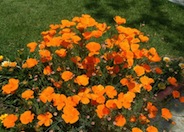
Common name:California Poppy, Golden Poppy
Botanical name:Eschscholzia californica
This small annual (sometimes acts as a perennial) plant will grow to less than 1' tall and has light, small blue green leaves with gold and orange flowers that bloom in spring and summer.
| Designer: Homeowner | Mediterranean Garden |
Photographer: GardenSoft |
Soils and Compost:
Maintain a two to four inch layer of mulch on the soil surface to reduce weeds, infiltrate rain water, and reduce compaction.
Water Saving Tip:
Adjust sprinklers to avoid watering sidewalks and driveways.
Integrated Pest Management:
Remove irrigation water and fertilizer from areas where you don't want weeds to grow.
